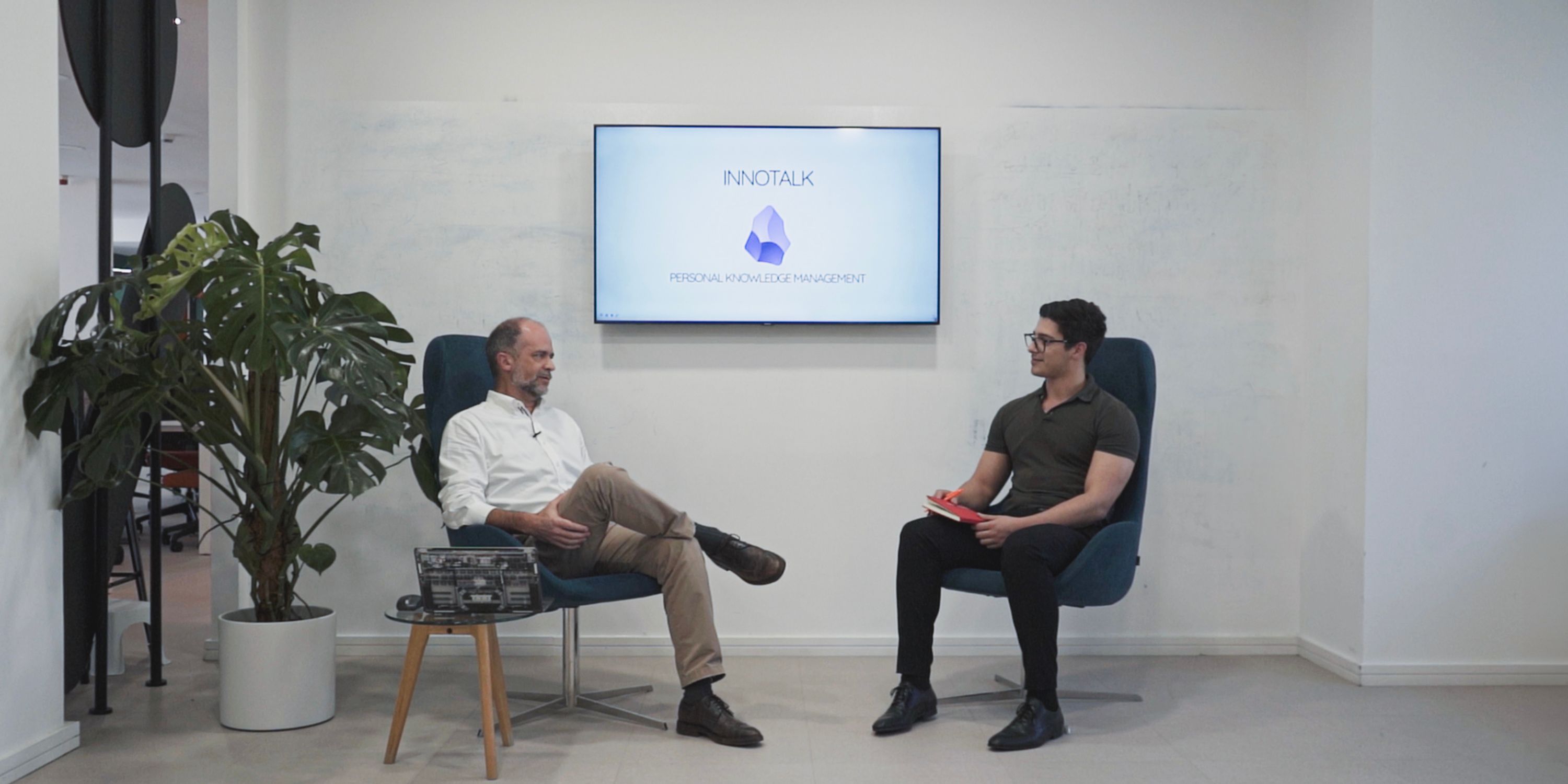Agile fatigue stems not from Agile itself, but from rigid implementation; spotting early signs and refocusing on adaptability and collaboration helps maintain well-being and team performance.
Agile fatigue refers to the mental and emotional exhaustion experienced by teams practicing Agile methodologies over extended periods. While Agile promises flexibility, speed, and continuous improvement, its relentless pace—daily standups, sprint planning, retrospectives, and constant delivery pressure—can burn teams out if not managed correctly.
Common Symptoms of Agile Fatigue:
- Decreased team morale
- Burnout and disengagement
- Drop in productivity
- Resistance to Agile rituals
- “Zombie scrum” — when ceremonies become hollow and mechanical
Why Agile Fatigue Happens
Understanding the root causes of Agile fatigue is essential for addressing it:
1. Too Many Sprints, Not Enough Rest
Back-to-back sprints with no breathing room create constant delivery pressure, leaving little time for creative thinking or strategic reflection.
2. Poorly Defined Product Vision
Without a compelling “why,” teams lose motivation. Agile should be flexible, but without clear direction, it becomes chaotic.
3. Overloaded Agile Ceremonies
When retrospectives, planning, grooming, and daily standups are done poorly or excessively, they drain rather than empower the team.
4. Lack of Recognition or Impact Visibility
If teams can’t see the value of their work or feel appreciated, intrinsic motivation drops, leading to disengagement.
How to Keep Agile Teams Energized
Agile fatigue doesn’t mean Agile is broken — it means your implementation needs tuning. Here’s how to keep your teams energized, productive, and motivated:
1. Build in Recovery Time
Use “buffer sprints” or “cool-down weeks” after major releases. Encourage the team to take real breaks — not just switch to admin tasks.
2. Re-ignite Purpose and Ownership
Continuously connect sprint goals to the bigger product vision. Involve team members in roadmap discussions, not just execution.
3. Streamline Agile Ceremonies
Optimize rituals to add value — not just check boxes. Consider async updates or shorter standups where appropriate.
4. Invest in Team Health and Autonomy
Support psychological safety and open feedback loops. Allow flexibility in how teams organize their workflow.
5. Celebrate Wins (Big and Small)
Acknowledge sprint accomplishments — publicly and regularly. Share user feedback to highlight real-world impact.
How Management Can Reduce Burnout
Leadership plays a pivotal role in addressing Agile fatigue. Burnout isn’t just a team issue — it’s often a management challenge that requires intentional support and structure.
1. Set Realistic Expectations
Prioritize sustainable delivery over short-term velocity. Don’t trade long-term health for immediate output.
2. Lead with Empathy
Have regular, genuine conversations with team members. Ask how they’re doing — not just what they’re doing.
3. Empower Teams to Push Back
Create a safe space where teams can challenge unrealistic timelines or re-scope work without fear of backlash.
4. Model Healthy Work Habits
Show balance by taking breaks, unplugging after hours, and discouraging overwork culture.
5. Invest in Coaching and Development
Support growth through training, mentoring, and stretch roles — it boosts morale and keeps work from feeling monotonous.
Tools and Techniques That Help Combat Agile Fatigue
Modern tools and thoughtful techniques can lighten the load and reduce the friction that leads to Agile burnout.
1. Agile Health Tools
Use tools like TeamRetro, Parabol, or Miro to make retrospectives collaborative, fun, and outcome-driven.
2. Focus on Flow, Not Just Velocity
Metrics like cycle time, lead time, and WIP limits from tools like Jira or Linear provide more meaningful insights than story points alone.
3. Monitor Burnout Proactively
Platforms like 15Five, Officevibe, and TeamMood offer lightweight, anonymous feedback loops to spot early signs of disengagement.
4. Embrace Async Communication
Slack bots, Loom videos, and Notion updates reduce meeting overload and give developers more time for deep work.
5. Encourage Knowledge Sharing
Dedicated time for demos, internal talks, or “innovation Fridays” keeps the team connected, learning, and inspired.
The Link Between Agile Fatigue and Team Performance
Agile fatigue isn’t just a wellness issue — it’s a business performance risk. Burned-out teams:
- Ship lower quality code
- Miss innovation opportunities
- Experience higher attrition rates
By prioritizing team health, companies not only retain top talent but also accelerate delivery with greater consistency.
Final Thoughts
Agile fatigue is real — but it’s not inevitable. With the right mindset, practical tools, and intentional leadership, Agile can be a sustainable, empowering framework that energizes teams rather than drains them.
Struggling with Agile fatigue?
At InnoTech, we help tech teams deliver faster and smarter — without sacrificing well-being. Let’s chat about building high-performing Agile teams that last.



